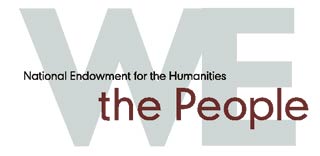Biographies
Samuel Seabury
30 November 1729 - 25 February 1796
 Samuel Seabury was born in Connecticut to a Congregationalist minister who later converted to Anglicanism. He graduate from Yale College in 1748, but he was not yet old enough to be ordained a priest in the Church of England. In 1752, he sailed to Scotland to study medicine at the University of Edinburgh until his ordination in 1753. Seabury returned to America the following year. As part of his ordination, however, he took an oath of loyalty to the crown and during the Revolution he was a staunch supporter of the king and the Church of England. Shortly after the Boston Tea Party, while serving as a rector in Westchester, New York, Seabury began publishing a series of pamphlets defending the crown. When General William Howe's army took Long Island in September 1776, Seabury served as chaplain to his men. He remained a refugee on Manhattan Island until 1783.
Samuel Seabury was born in Connecticut to a Congregationalist minister who later converted to Anglicanism. He graduate from Yale College in 1748, but he was not yet old enough to be ordained a priest in the Church of England. In 1752, he sailed to Scotland to study medicine at the University of Edinburgh until his ordination in 1753. Seabury returned to America the following year. As part of his ordination, however, he took an oath of loyalty to the crown and during the Revolution he was a staunch supporter of the king and the Church of England. Shortly after the Boston Tea Party, while serving as a rector in Westchester, New York, Seabury began publishing a series of pamphlets defending the crown. When General William Howe's army took Long Island in September 1776, Seabury served as chaplain to his men. He remained a refugee on Manhattan Island until 1783.



